
President Rodrigo Duterte administration is now considering the recommendation and proposals of the Japan International Cooperation Agency (JICA) to build a subway system to address the vehicular traffic crisis in Metro Manila, transportation undersecretary Noel Kintanar said on Wednesday.
One of the five tough medium-term solutions conducted in 2014 by JICA is a secondary underground mass transit line system that will help eliminate traffic congestion in the National Capital Region.
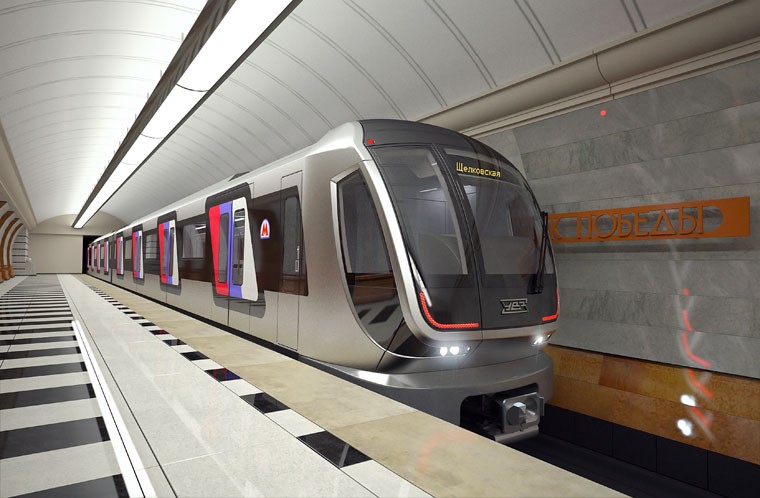
Kintanar said, “The construction of elevated railways on-ground would bring the city to a stop, so they plan to use tunnel-boring machines so that “life goes on on the surface.”
Kintanar reiterated that the traffic congestion in Metro Manila is the consequence of the nation’s inability to put enough in mass transit project.
The first subway line system proposals that have a total distance of 20-kilometers is to link Makati Central Business District, the Mall of Asia in Pasay City, and Bonifacio Global City (BGC) in Taguig. However, Kintanar wants it connected up to Ortigas in Pasig.
Also, read this: Philippine subway train line to be built by South Korean firm
The JICA’s recommendation right now, closely being studied by the administration, a feasibility if the subway system can be adopted at the present condition of Metro Manila, that most of the streets are flooded during rainy seasons, the report said.
For now many Filipinos still, dismiss the idea of building a subway in Manila like it’s the most, ridiculous thing they’ve ever heard.
Norman Marcelo, an assistant director of quality assurance for capital projects at NY Metro North Railroad and having grown up in Manila has an answer to everyone worrying about the flooding. Well, there is a technology for this problem, in fact, subway systems have been designed to operate under sea level. Many travel through tunnels under rivers. One example for this is the New York’s subways go under the East River, and the Hong Kong system and San Francisco’s BART go under bays.
Marcelo said there are many risks and costly disadvantages involved in building a subway in Manila—topographical, geographical and financial, but he thinks it’s “technologically possible.”
For Manila, Marcelo sees the challenges of building a subway being the higher capital, operating and maintenance costs, flood protection costs and a higher level of all-round skills. If a subway system doesn’t happen, he suggests other multi-mode transit facilities should also considers. – Jason E.






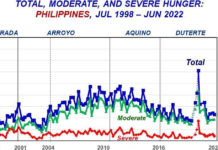



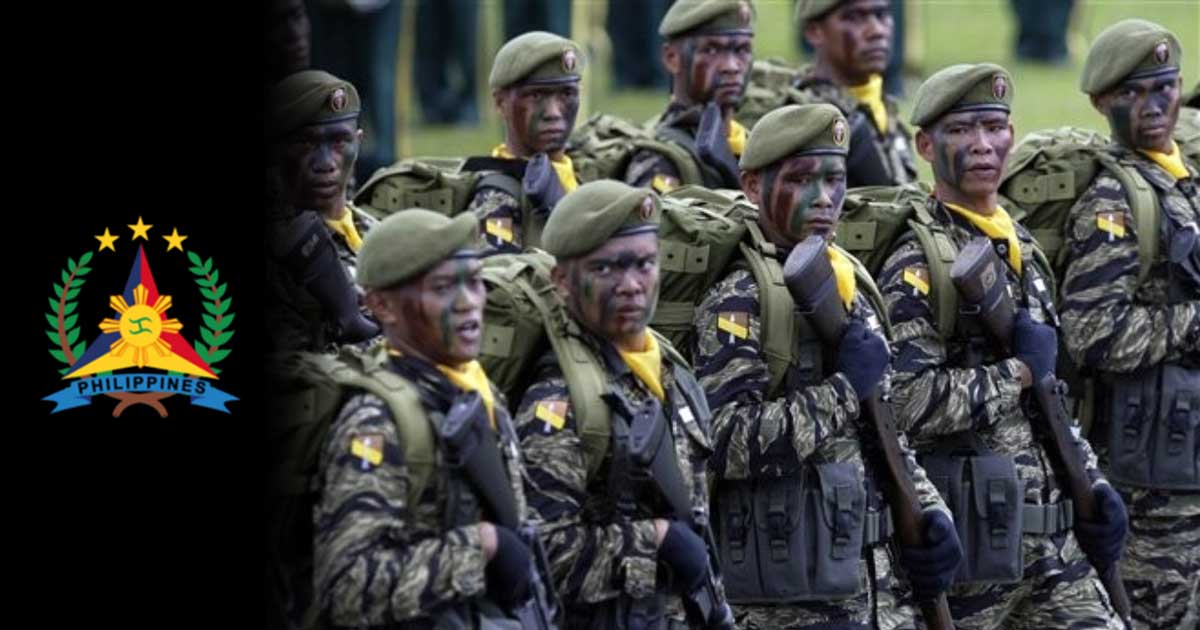
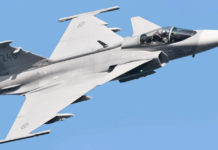
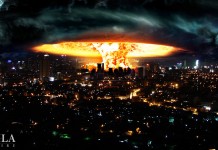

Kung maglalagay ng subway dapat yung long distance di yung makati-moa- at the fort lang saka ang solusyon ay dagdagan yung mga bagon ng tren para every 3-5 minutes during rush hour ay tuloy tuloy ang byahe di yung naiipon yung pasahero at mahaba ang pila at siksikan pa, kawawa yung mga matatanda at mga babaeng pasahero.
NO WAY
SUBWAY is not applicable since Metro Manila is low lying (actually sinking), flood prone and located in Ring of Fire (earthquake). Subway is very expensive and most difficult/complicated to build/operate/maintain. Also note that our government can’t even improve or efficiently run and maintain simple trains system (PNR and LRT/MRT)
MONORAIL is BETTER
Monorails (local government or privately owned & operated) in specific area like the following:
1. Makati Loop (Ayala Center)
2. BGC Loop
3. Manila Loop
4. Q.C. Loop
a. North Avenue
b. West Avenue
c. Timog Avenue
d. East Avenue
5. Ortigas, Greenhills, WackWack, Mandaluyong, Pasig Loop
6. Pasay Loop (NAIA terminal 1, 2 & 3, MOA)
A monorail is a railway in which the track consists of a single rail (CHEAP & EASY TO BUILD), typically elevated. The term is also used to describe the beam of the system, or the vehicles traveling on such a beam or track.
Monorail at the Tennouzu Isle Station
http://experiencetokyo.net/tokyo-monorail-watching-at-tennozu-isle/
Dapat nationwide na train. Dapat tuloy tuloy lang dugtong lang ng dugtong hanggang pweda ka ng mag train sa buong bansa . Wag lang kalilimutan na dugtungan sa airport. Para tayo lang yata walang train sa airport .
Sure there’s a technology for under sea level subway trains but looking at the incompetency of how they maintain the aboveground rail system coupled with corruption I doubt they can maintain the system to prevent subway passengers from drowning during flood season, LOL.
Also the humid hot weather in Metro Manila will surely make the subway an oven where people get baked and worst also drown during rainy season, LOL.
ever heard of aircon?
Ever heard of poor LRT/MRT maintenance and breakdowns every so often? LOL
so because there is a chance of poor maintenance you will never attempt to build more infrastructure? sige doon ka sa bundok tumira walang poor maintenance doon LOL
Hope you don’t drown when it gets flooded due to flash flood which is very common nowadays in Metro Manila….. and that is all about maintenance that goes way beyond your subway, LOL.
We know the problems, we know the solutions. Sustainable development. In Metro Manila, it’s sustainable mass transport system. The issue is the political will!
Just do it!
this is old news from 2014 or 2015.. project is being delayed by land conflicts with the very influential makati golf club..
http://www.rappler.com/business/industries/208-infrastructure/82107-first-ph-subway-project-awaits-approval
Dakdak. Just do it.
Filipinos have to wake up and stop accepting corruption and stupidity rule. Of course a subway system is feasible. It’s long overdue for Metro Manila. Every major city in the world has a metro system. You needn’t go very far to see that in neighboring Hong Kong and Taipei, they have fast, efficient, clean, modern, and affordable subways. And if Hong Kong can do it with the much more difficult terrain, then certainly Metro Manila has no excuses.
It’s also time for the Philippines to build a new international airport outside of Manila that connects via high-speed rail. NAIA is a laughable airport. Filipinos deserve better and they should not settle for less. An airport outside of Metro Manila, similar to the airports in Hong Kong (HKG), Taipei (HKG), Incheon (ICN), and even Narita are outside the major city, but serve as international ports of entry and departure. They also serve as hubs for the big airlines and for cargo freight, which brings in tremendous revenues.
Politicians need to be less short-sighted and less corrupt and actually put the country first for once. Think about the future of the nation as a whole. If the Philippines were to build bridges and tunnels to connect the different islands, with a rail network linking the entire nation, as well as building better ports and ferry terminals and airports throughout the major cities, then the Philippines will become a first world nation. This will attract foreign investment, spur economic growth, provide jobs, increase tourism, and improve the lives of all Filipinos.
This isn’t difficult. In fact, what’s great is that the Philippines is like a blank slate, and it has the opportunity to create beautiful infrastructure, which can be done easily and well if well-planned.